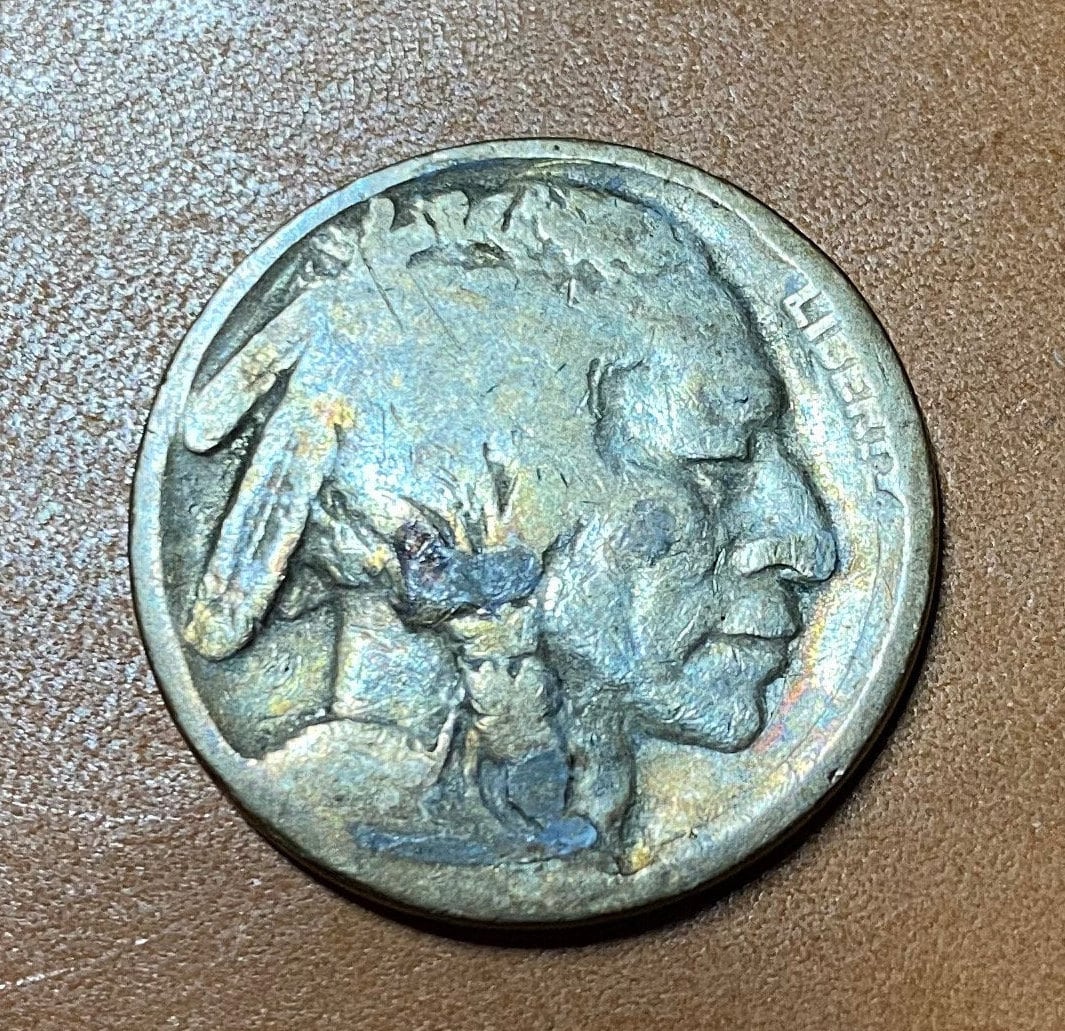
The Indian Head nickel, also known as the Buffalo nickel, is a highly sought-after coin among collectors and numismatists. Produced from 1913 to 1938, this coin features a depiction of a Native American on the obverse (front) side and a bison on the reverse (back) side. One of the most interesting aspects of the Indian Head nickel is the "no date" variation, which has sparked a lot of curiosity and debate among collectors. In this article, we will delve into the history of the Indian Head nickel, the significance of the "no date" variation, and its value.
History of the Indian Head Nickel
The Indian Head nickel was designed by James Earle Fraser, a renowned sculptor and artist. The coin was produced by the Philadelphia Mint, the Denver Mint, and the San Francisco Mint. The initial design featured a date on the reverse side, but in 1913, the date was moved to the obverse side. The coin's design was meant to symbolize the American West and the Native American culture.

The "No Date" Variation
In 1913, the Philadelphia Mint produced a small batch of Indian Head nickels without a date. This variation was caused by a mistake in the minting process. The "no date" variation is extremely rare, with only a few dozen coins known to exist. The error occurred when the minting dies were not properly dated, resulting in coins with no date on the obverse side.
Why is the "No Date" Variation Valuable?
The "no date" variation of the Indian Head nickel is highly valuable due to its rarity and historical significance. The error in the minting process makes this coin unique and highly sought after by collectors. The value of the "no date" variation is determined by its condition, rarity, and demand.

Value of the Indian Head Nickel No Date
The value of the Indian Head nickel "no date" variation can range from a few thousand dollars to over $100,000, depending on its condition and rarity. In 2010, a rare 1913 Indian Head nickel "no date" variation sold for $191,200 at an auction. The value of this coin is determined by its grade, which is assessed by professional coin grading services such as PCGS or NGC.
Factors Affecting the Value of the Indian Head Nickel No Date
Several factors affect the value of the Indian Head nickel "no date" variation, including:
- Condition: The coin's condition is a major factor in determining its value. Coins in better condition, with minimal wear and tear, are more valuable.
- Rarity: The rarity of the "no date" variation makes it highly valuable.
- Demand: The demand for the Indian Head nickel "no date" variation is high among collectors, which drives up its value.
- Authentication: The coin must be authenticated by a reputable coin grading service to ensure its legitimacy.

Conclusion
The Indian Head nickel "no date" variation is a rare and highly valuable coin among collectors. Its unique history and error in the minting process make it a highly sought-after coin. The value of this coin is determined by its condition, rarity, and demand. If you suspect you have an Indian Head nickel "no date" variation, it is essential to have it authenticated and graded by a reputable coin grading service to determine its value.




What is the Indian Head nickel "no date" variation?
+The Indian Head nickel "no date" variation is a rare coin that was produced in 1913 without a date on the obverse side. This error occurred due to a mistake in the minting process.
Why is the Indian Head nickel "no date" variation valuable?
+The Indian Head nickel "no date" variation is highly valuable due to its rarity and historical significance. The error in the minting process makes this coin unique and highly sought after by collectors.
How do I determine the value of my Indian Head nickel "no date" variation?
+The value of the Indian Head nickel "no date" variation is determined by its condition, rarity, and demand. It is essential to have your coin authenticated and graded by a reputable coin grading service to determine its value.









